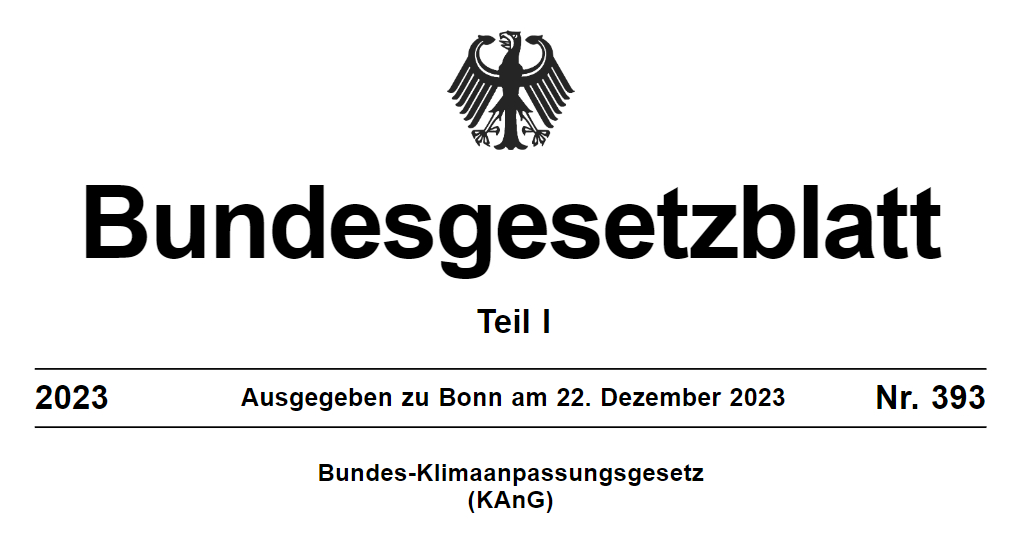For a better reading experience, download the PDF!
A historic consensus?
The 28th World Climate Conference has ended – with tears in their eyes many participants celebrated the result of COP 28. The German foreign minister of the Green Party “breathed a huge sigh of relief”. But has COP 28 really propelled the world forward in the fight against climate change? Conference leader Sultan Ahmed al-Jaber speaks of a “historic consensus” achieved at the major climate meeting in Dubai. Well, that claim and the connected emotions of participants seem somewhat exaggerated.
While it is true that the final document for the first time calls for a departure from fossil fuels such as coal, oil, and gas, the chosen wording is very soft. There is no mention of a necessary phase-out from fossil energy sources; the oil lobby has prevented that. Above all, it has taken almost three decades and more than two dozen conferences to achieve even this moderate diplomatic progress. The first COP took place in Berlin in 1995. The facts and predictions on the effects of climate change were already on the table at this point. If we continue at this pace, the world has no chance of curbing climate change even remotely.
While the world agreed on limiting the global average temperature rise to not more than 1.5 degrees, we experience a continued rise of global emissions. The 1.5-degree target could only be realistically achieved if the world leaders would react – quickly. However, there are no signs of it, quite the opposite:
Global coal and oil consumption is reaching a new record level this year. In 2023, US corporations Exxon-Mobil and Chevron significantly expanded their fossil core business. In Europe, BP and Shell have scaled back their plans for a gradual departure from oil and gas in 2023 – Fossil fuels are currently experiencing a comeback.
So what is this historic consensus that brings sighs of relief and tears of joy to self-proclaimed climate experts on COP 28? Will the comeback of fossil fuels be halted or even reversed? The consensus of COP 28 leaves little hope for that and the effect of this conference on global emissions in the next years is likely to be as great as we have experienced with conferences before.
COP is not working
It’s not that world climate conferences are entirely useless and bring no progress. But they simply do not bring enough of it. The world has lost too much valuable time in the past decades, and time is running out. We are now at a global average temperature rise of 1.2 degrees and will soon – probably by the end of this decade – fail the internationally agreed 1.5 degrees target.
Consequently, continuing with the current negotiation format and hosting one world climate summit after another is not very promising. The principle of climate summits – relying on the unanimity of nearly 200 nations and their voluntary and ultimately non-binding climate protection commitments – does not deliver effective results.
The Climate Club – Reason to hope?
Nobel laureate in economics William Nordhaus proposed an alternative in 2015, a climate club that German Chancellor Olaf Scholz among others now promote. The idea is simple: Initially, a small number of major economic nations commit to minimum standards in climate protection, ideally a minimum price for CO2 emissions. For the club to be effective and not just lead to the relocation of climate-damaging industries to non-member countries, club members must protect their economic locations through climate tariffs on imports from non-member states. The tariffs also create an incentive for other countries to join the club – or at least raise their efforts in decarbonising their exports.
There are already initial efforts toward the climate club. In the fall, the EU launched the test phase for the world’s first carbon border adjustment mechanism (CBAM). In turn, the US is introducing a fee on methane emissions in the oil industry, opting for pricing in the fight against climate change, a strategy Europe has employed successfully in the CO2 emissions trading system for many years.
It is an initial step forward, that uses the market system to raise the price on Green House Gas emissions – also indirectly in other third countries that export in the EU or the US. Carbon prices have the great potential of transforming economies towards low-carbon or even no-carbon production. By using the ‘magic’ of economics producers will try to avoid additional carbon costs through less carbon-intensive production methods or the replacement of carbon-intensive materials.
That’s at least how it works in theory, so far so good. However, even if we leave aside the problems arising in international trade law – There is a risk that climate tariffs may be misused as a mere pretext for protectionism – this should have been implemented a long time ago already.
The introduction of climate tariffs and carbon prices is now much more challenging since the prices will have to be relatively high compared to 20 or 30 years ago to have an effect that will leave us the possibility of reaching the 1.5-degree target. However, better late than never and even though it’s not ideal, without a robust sanctions mechanism, the climate club won’t work.
Climate tariffs are the price that must be paid for more effective climate action. The long delay in international climate action has made it more costly to introduce these mechanisms, which are therefore more likely to fail. Nevertheless, waiting and inaction is not an option that has proved successful in the past. It’s time for some decisive and brave steps forward to a sustainable, low- and one day no emission future. A robust carbon market is key to that.


